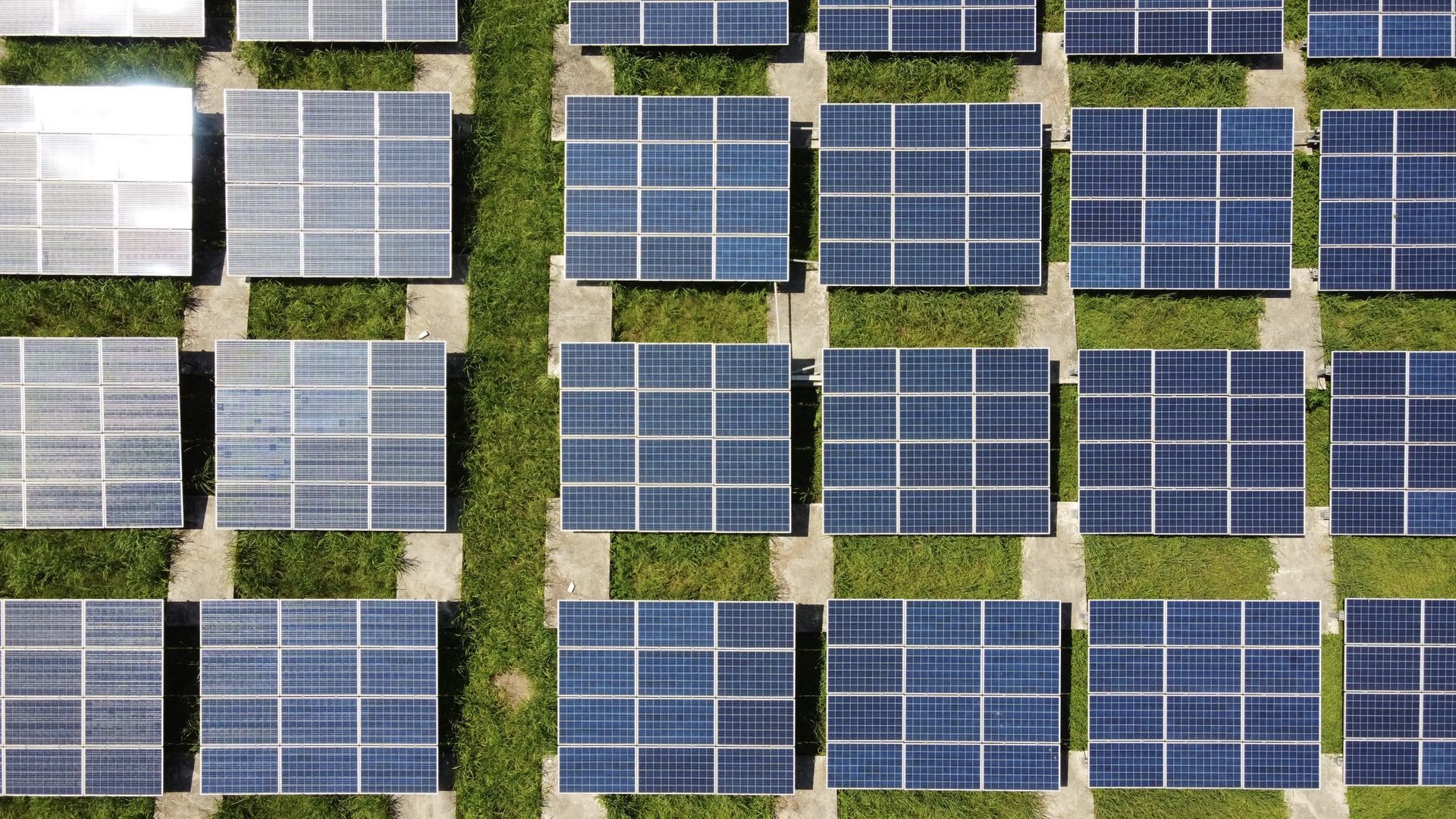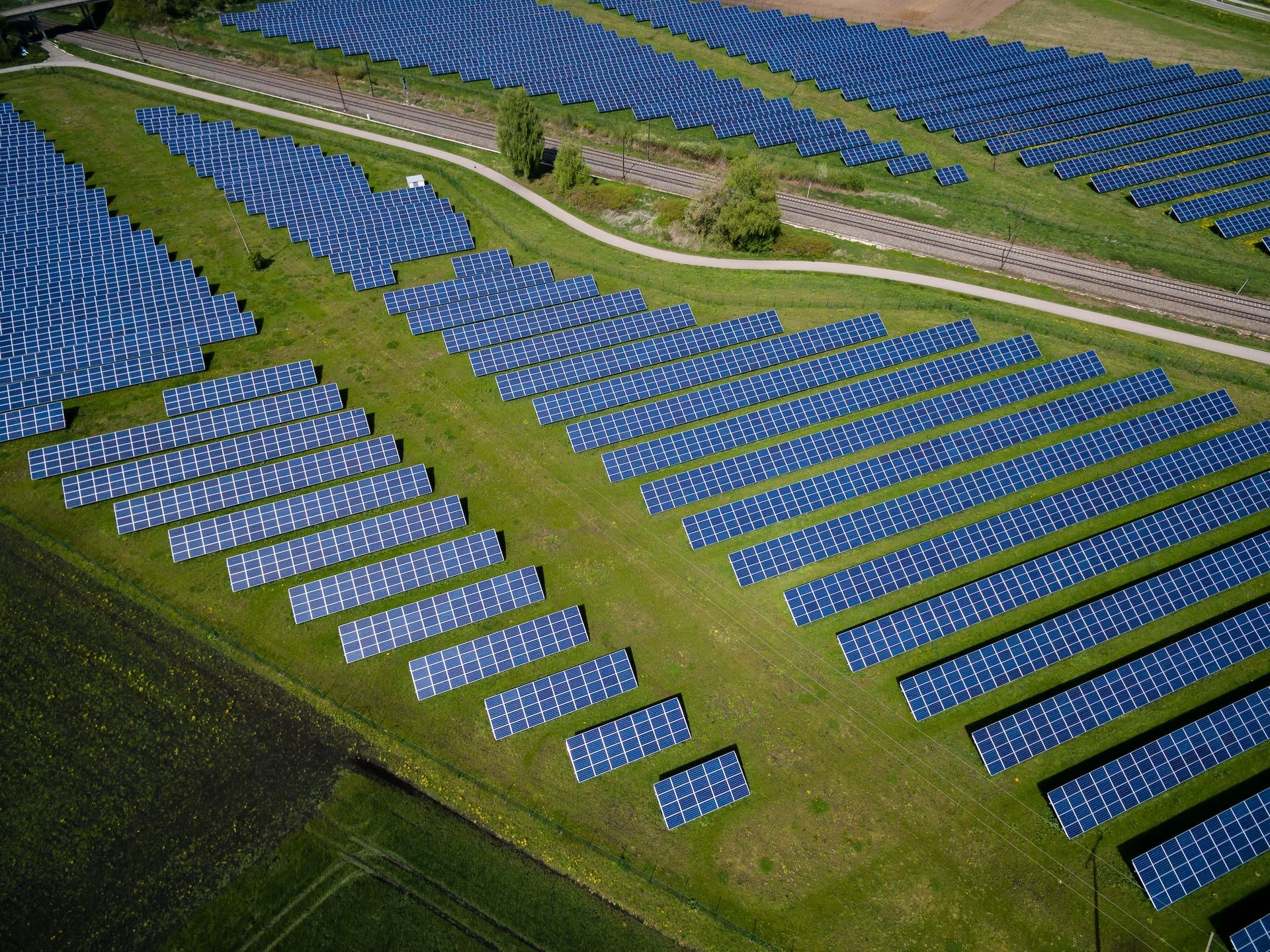The Governor of Rhode Island approved legislation early in July requiring the state to obtain all its electricity from renewable energy resources by 2033. No American state has a more ambitious timetable than this one.
“Anything more ambitious, and I would start being a little skeptical that it would be attainable,” explained a climate and energy researcher at the Breakthrough Institute, Seaver Wang.
A future powered by renewable energy is possible
True, Rhode Island is a small state. Furthermore, the state is more prepared for such a timeline than the rest of the nation due to its current circumstances. However, researchers claim that by observing this tiny state conduct its political affairs, other states may learn how to pave their own paths toward a future powered by renewable energy.

The renewable energy standard in Rhode Island sets a target that power providers must achieve by accumulating a specific number of certificates by 2033. Electricity producers can obtain these certificates by producing their own electricity from renewable energy resources or purchasing certificates from other producers. (Many other states have comparable rules; Rhode Island’s present norm is an update to a previous level.) Policy wonks have also suggested a federal standard.
Today, pinning hopes for renewable energy on a state that still gets 89% of its electricity from natural gas may sound overly optimistic. Most of the scant wind energy that does exist is either imported from other states or the 30-megawatt Block Island Wind Farm, the nation’s first offshore wind farm, which has just five turbines and only recently started operating in 2016.
However, Rhode Island intends to make up the difference with up to 600 megawatts of new wind energy. It has teamed up with Ørsted to support this endeavor, which might bring a critical mass of turbine experience from Europe, where the industry is far more developed.

“I think that adds greatly to the likelihood of [Rhode Island’s] success,” stated Morgan Higman, a clean-energy researcher at the Center for Strategic and International Studies, in Washington, D.C.
The measures in the package are very tailored to Rhode Island’s situation. Not only is it one of the states with the least population in the union, but it also already has one of the lowest per capita energy consumption. Additionally, Rhode Island’s grid doesn’t need to support many energy-intensive manufacturing companies because the state’s economy is service-oriented. That makes the 2033 objective even more attainable.
The next generation of energy and environment startups using data and AI to save the planet
“It’s better to have attainable goals and focus on a diverse portfolio of policies to promote clean energy advancement, rather than sort of rush to meet what is essentially…a bit of a PR goal,” explained Wang.
Another lesson is provided by the fact that Rhode Island is betting everything on offshore wind, something this marine state may have in abundance. According to Higman, it is a good illustration of the benefits of harnessing a state’s potential resources. Additionally, collaborating with Ørsted may enable the state to access beneficial expertise.

Texans may similarly decide to increase their reliance on the state’s wind energy resources. With so much sunshine available, New Mexico may potentially create a renewable energy supply. This kind of behavior, according to Higman, “is the fastest way that we see states accelerate renewable energy deployment.”
There is space for improvement in Rhode Island’s policy. Its emphasis on renewable energy ignores fission, the region’s main carbon-free energy source. Moreover, a quarter of the area’s electricity is produced by just two nuclear power stations, Millstone in Connecticut and Seabrook in New Hampshire. A more comprehensive approach might take note and encourage nuclear power as well.
Most importantly, any debate on energy policy should acknowledge that Rhode Island’s grid is interconnected with the networks of its neighboring states in New England, New York, and other states. (In fact, it has frequently collaborated on setting objectives and constructing new offshore wind power.)

There is a danger that some states won’t have any renewable energy left when all the renewable energy certificates are bought out if nearby states adopt similarly stringent rules without generating additional energy capacity.
The environmental impact of AI makes regulations vital for a sustainable future
Analysts, though, are certain that Rhode Island can complete the task “Rhode Island does deserve some kudos for this policy,” stated Wang.
“It’s really tempting to applaud states for their goals. This is a useful example of where setting a goal is not very meaningful. Identifying the means and strategies, and technologies to achieve that goal is the most important thing. And Rhode Island has done that,” Higman added.





